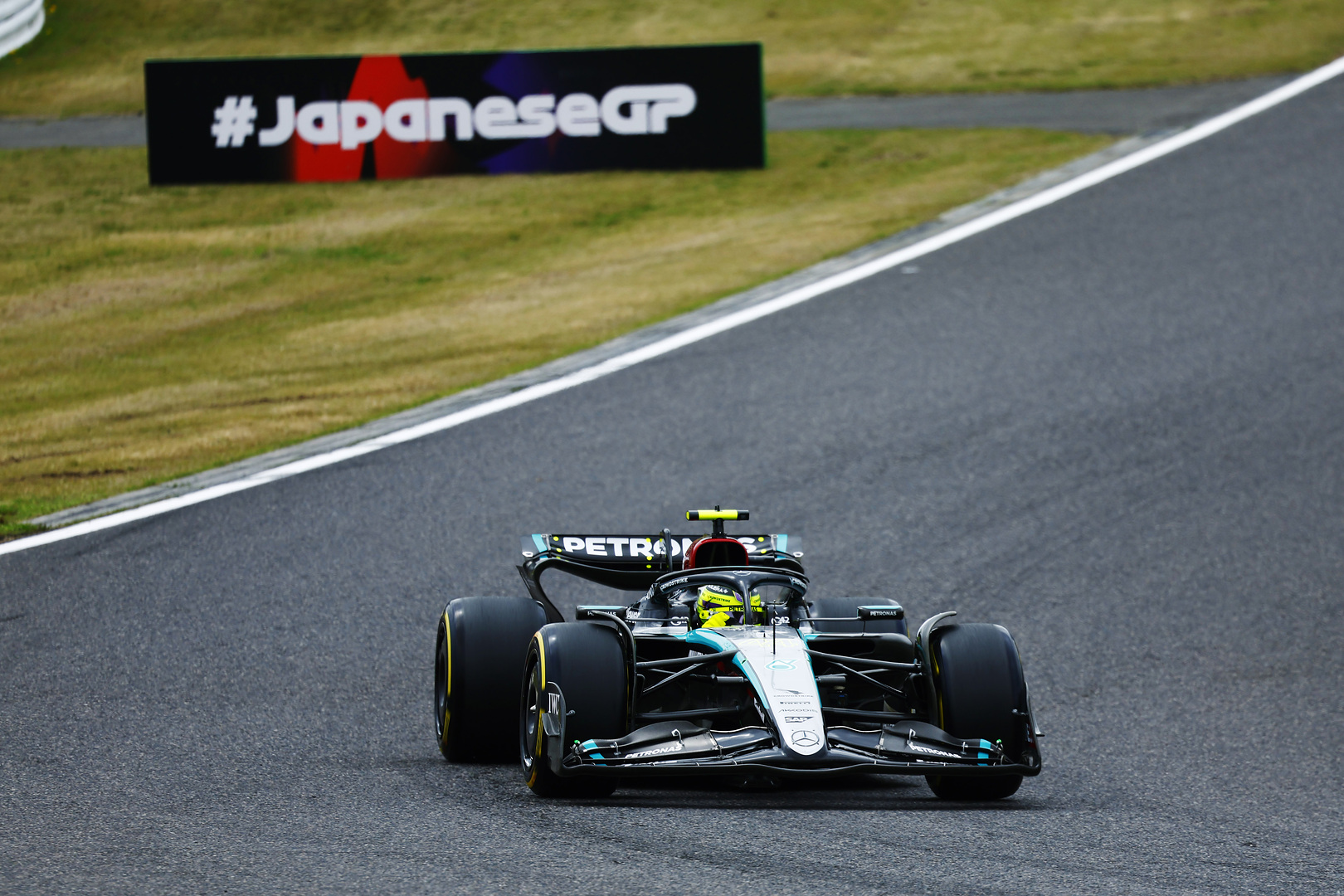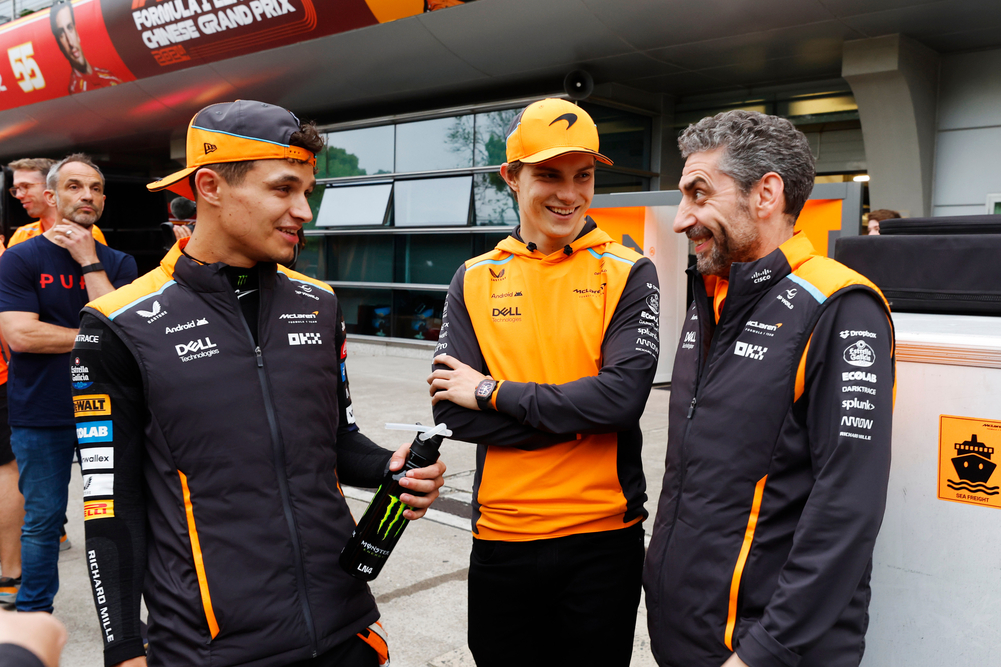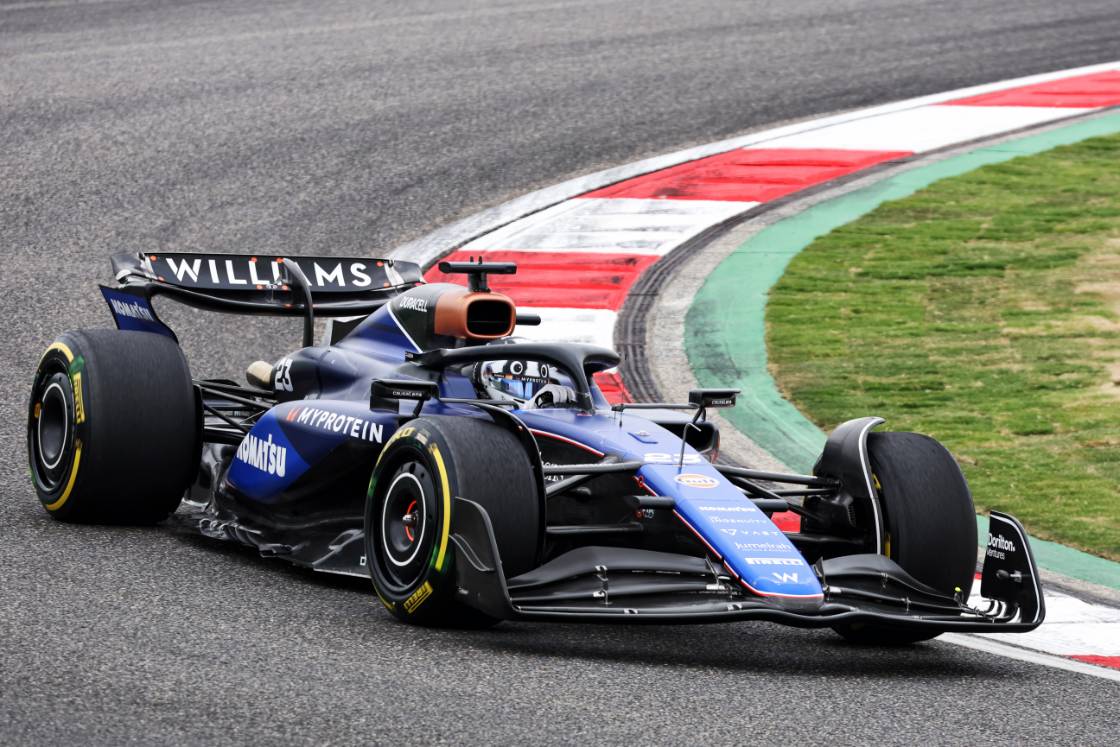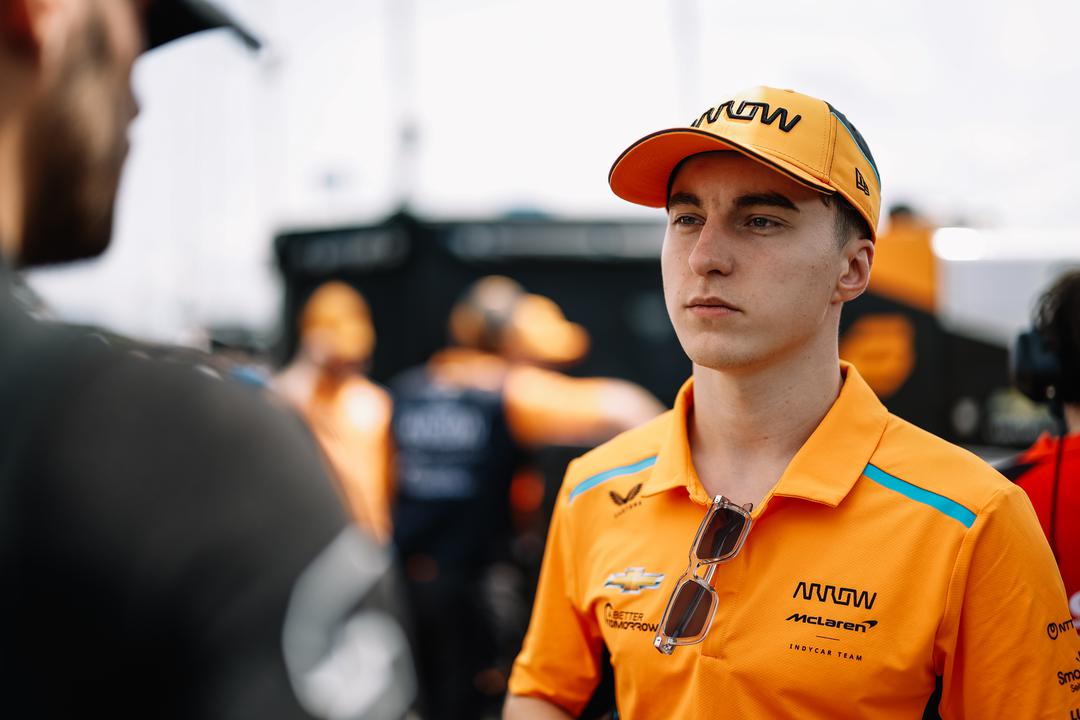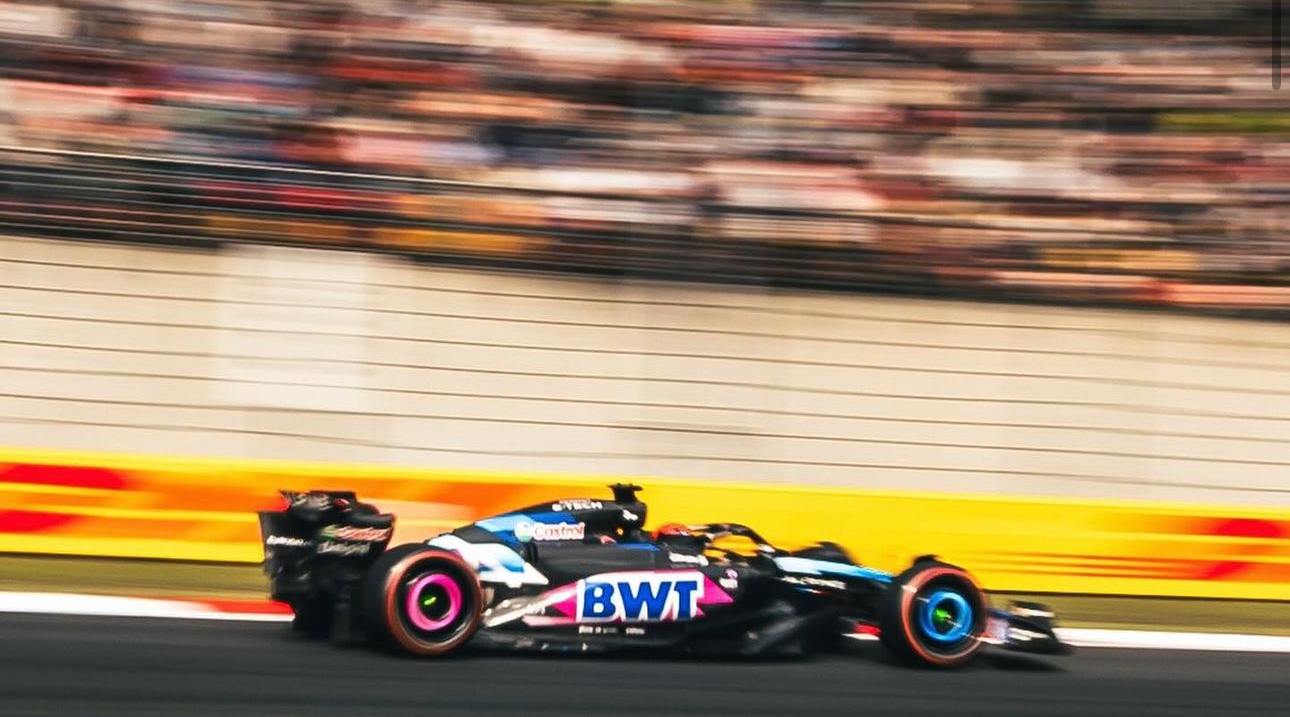The Mercedes-AMG Petronas Formula One Team found themselves grappling with challenges that left them trailing behind their rivals at the Japanese Grand Prix. George Russell finished P7, with Lewis Hamilton only 9th.
In particular, Hamilton seemed to struggle to connect with the W15 at Suzuka on race day.
Mercedes’ Trackside Engineering Director, Andrew Shovlin, has shed light on the team’s performance, and why Hamilton seemed to struggle so much in the first part of the Grand Prix.
Hamilton’s early touch with Charles Leclerc in turn three on the restart resulted in minor damage to his front-right endplate, resulting in a continuous battle for the driver against understeer.
The small endplate damage on the front wing also exacerbated an already understeering W15, hindering Hamilton’s pace and leaving him unable to match the speed of the Ferraris ahead.
“It was okay initially, and then by about half distance we started to drop off.”
Shovlin spoke about the impact of the endplate damage, revealing how it amplified the understeer Hamilton had to deal with, particularly during the first stint of the race.
Despite minimal lap time loss in isolation, the additional understeer proved to be a problem for Hamilton, especially on a track famous for its demanding corners and how hard Suzuka is on the tyres.
“The tyres in Suzuka run quite hot, there’s a bit of overheating, and when you get some traffic, it just drops the grip, causes a bit more sliding, and specifically, we were struggling with the slower corners.
“So, there’s a hairpin, slow chicane as well. They were where we were losing a fair chunk of that time.
“As the tyres are just getting older, the sliding goes up and the temperatures get a bit higher, and that was just compounding it. But I wouldn’t say we got a complete understanding of that issue.”
With each lap, the gap to the frontrunners continued to grow, prompting Hamilton to give track position to teammate George Russell to improve the team’s chances of catching Piastri and Alonso. The younger Brit did ultimately pass the Australian a couple of laps from the end.
After tweaking the front wing during his stop, Hamilton’s pace was strong in stints 2 and 3, but the damage had been done in stint 1.
Such was their lack of speed, Hamilton and Russell got passed by Perez, Norris and Sainz before their first stops.
Post-race analysis and debrief sessions will provide valuable insights to the team as they try to address the underlying issues for the events to come.

